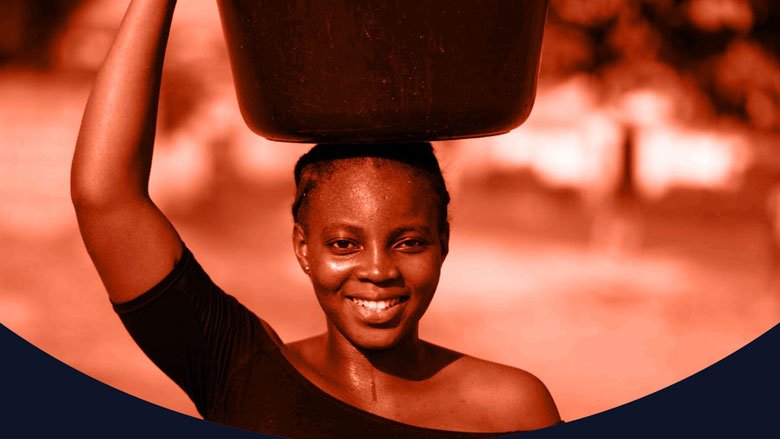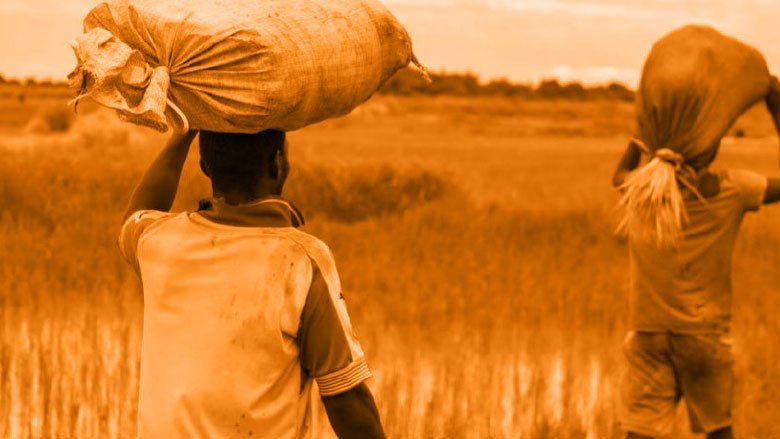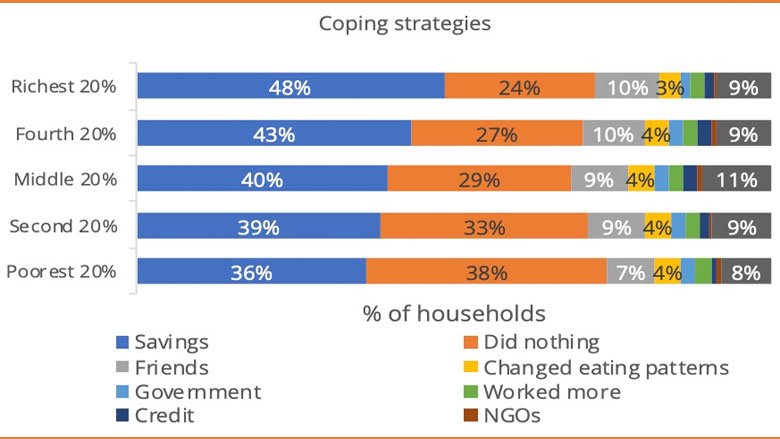LILONGWE - November 8, 2022- The marks of continued poverty in households in Malawi are clearly visible. Access to basic needs remains challenging and the struggle to fend for the day is the usual for many. About half the population of 19.1 million people in Malawi live in poverty, and nearly three-quarters live on less than $1.90 per day. Poverty distribution is not uniformly grim of course, because the northern region part of Malawi has achieved some reductions in poverty over the past ten years compared to the central and southern regions.
The Malawi Poverty Assessment report Poverty Persistence in Malawi: Climate Shocks, Low Agricultural Productivity, shows slow structural transformation of poverty reduction. In the last decade, while some people escaped poverty, others fell into poverty, in part due to recurring climate shocks.
In Malawi, the proportion of people living on less than $1.90 a day is 73 %, the second highest rate among the poorest countries of Sub-Saharan Africa in 2020.Around 94% of poor Malawians live in rural areas.
This proportion of people living in poverty has not changed in over a decade such that in 2019, Malawi’s poverty rate was 50.7%. With an average annual population growth of 2.8%, the absolute number of poor increased by 2 million over ten years.
During this period, GDP growth per capita has been low, averaging 1.5% per year and has done very little to reduce poverty.
Malawi’s reliance on agriculture for economic growth has not helped to lift many out of poverty either because between 2010 and 2019, the contribution of agriculture as the main source of income of a household declined from 70% to below 50%. In 2010, 56% of people received income only from agriculture while in 2019, this proportion fell to 29%.
On the contrary, ganyu (short-term labor) contribution to household income increased from 18% to 37%. In the same way, income from household businesses increased its contribution to 11%. This is the result of the diversification of the household sources of livelihoods including ganyu which increased from 23 to 35 percent.


